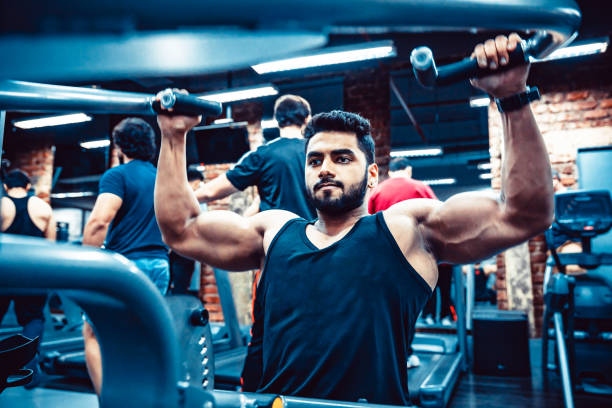Understanding the Dumbbell Snatch
The dumbbell snatch is a dynamic full-body exercise that combines strength, power, and coordination. When performing a dumbbell snatch, you start with the weight on the ground and explosively lift it overhead in one fluid motion.
Primary Muscles Worked
Shoulders
The deltoids are the primary movers in the dumbbell snatch. They are responsible for lifting the weight overhead and stabilizing it throughout the movement.
Back
The muscles in your back, particularly the trapezius and rhomboids, play a crucial role in the dumbbell snatch. They help keep your spine stable and support the lifting motion.
Legs
The dumbbell snatch heavily engages your lower body, including the quadriceps, hamstrings, and glutes. These muscles provide the power and drive needed to lift the weight explosively.
Core
Your core muscles, including the abdominals and obliques, work to stabilize your torso during the dumbbell snatch. A strong core is essential for maintaining proper form and transferring power from the lower body to the upper body.
Secondary Muscles Engaged
Forearms and Grip
As you lift the dumbbell overhead, your forearms and grip strength come into play to hold and control the weight throughout the movement.
Triceps
The triceps assist the shoulders in extending the elbow and locking out the weight overhead during the top portion of the snatch.
Calves
Your calf muscles help with stability and balance as you explosively lift the weight and move through the different phases of the dumbbell snatch.
Conclusion
The dumbbell snatch is a multi-faceted exercise that targets various muscle groups simultaneously, making it an efficient full-body workout. By incorporating the dumbbell snatch into your fitness routine, you can improve strength, power, and coordination across multiple muscle groups, leading to enhanced overall performance and fitness levels.

